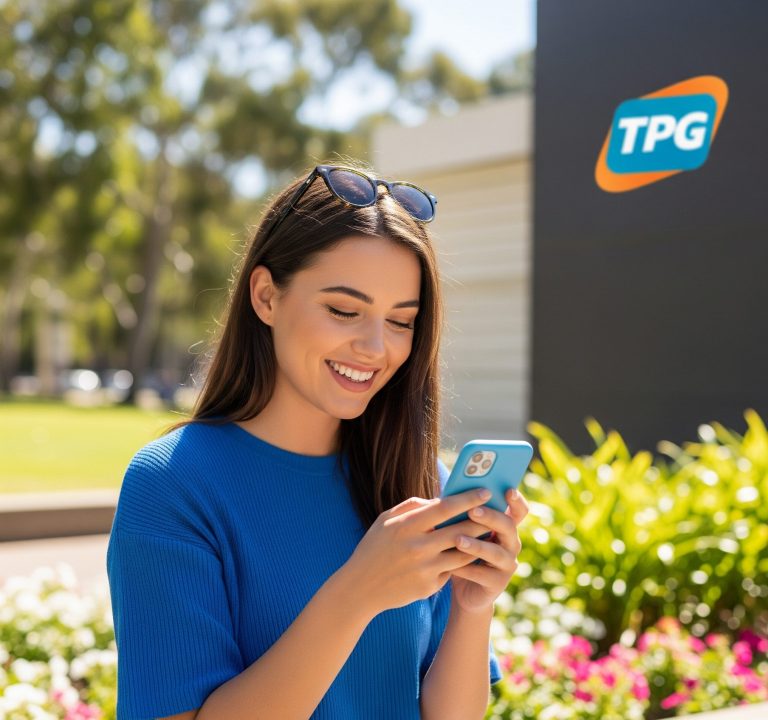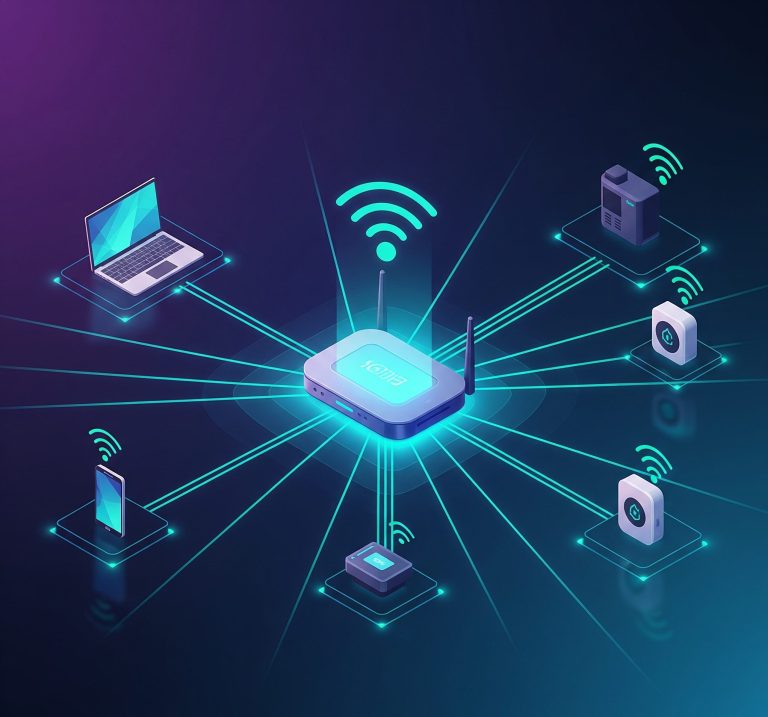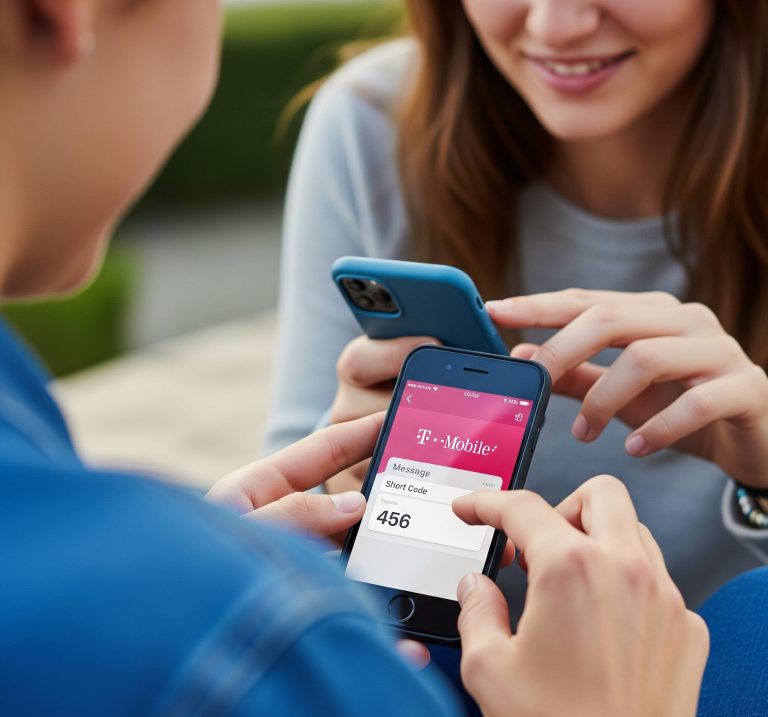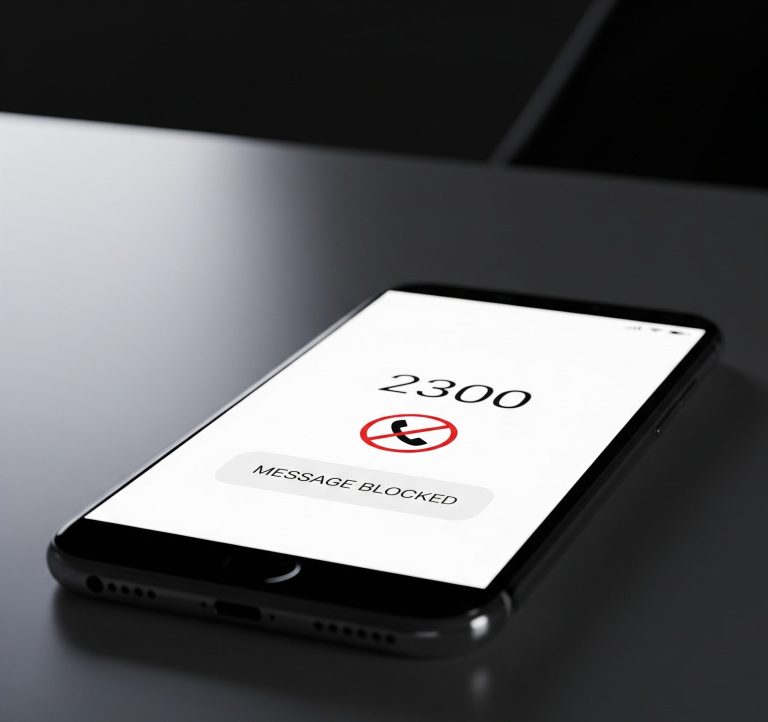In the vast tapestry of American telecommunications, area codes serve as geographic identifiers, linking phone numbers to specific regions across the United States. From the bustling streets of New York City (212) to the sprawling landscapes of Wyoming (307), these three-digit prefixes are fundamental to our understanding of phone calls. However, when the term “131 area code USA” surfaces, it often sparks confusion and raises questions, primarily because this particular code does not, in fact, belong to the North American Numbering Plan (NANP) for domestic use within the United States.
This article delves into the origins of this misconception, clarifies what “131” might actually refer to in a telecommunications context, and offers crucial advice for an American audience navigating the complexities of unfamiliar phone numbers.
Contents
Is There a 131 Area Code USA? The Straight Answer
Let’s address the core question directly: There is no 131 area code USA assigned for domestic telephone service. The North American Numbering Plan, which governs telephone numbers in the United States, Canada, and several Caribbean nations, utilizes a specific structure for area codes. Generally, these codes do not begin with “1” or “0” in the first digit, nor do they typically have a “1” or “0” in the second digit for codes covering multiple areas within a state. While the system has evolved over time, the “131” format doesn’t fit the established pattern for U.S. area codes.
What “131” Might Actually Mean
If you encounter “131” in relation to a phone number, especially in the context of calls you might receive, it’s highly unlikely to be a legitimate U.S. area code. Here are some common scenarios where “131” might appear:
- International Dialing Codes
The most common explanation for encountering “131” in a dialing context is that it’s part of an international dialing sequence. For instance, “131” is a city code within some international dialing plans, such as for Edinburgh in the United Kingdom (where the full international code from the US would be 011-44-131-XXXXXXX). If you receive a call that appears to originate with “131,” it’s far more probable that it’s an international call, potentially originating from outside the United States.
- Internal System Identifiers or Routing Codes
In highly specialized or private telecommunication networks, “131” could function as an internal routing code or a non-public identifier. This would typically be within a closed system and not part of the public telephone network. For the average American consumer, such a context is rare and would not be indicative of a standard phone call.
- Misinformation or Typographical Errors
It’s also possible that the mention of “131 area code USA” is simply a result of misinformation, a misunderstanding, or a typographical error. In the vastness of online content and casual conversations, such inaccuracies can unfortunately propagate.
The Importance of Understanding Area Codes
While the non-existence of a 131 area code USA might seem like a minor detail, it highlights a crucial aspect of modern telecommunications: the need for vigilance against phone scams and fraudulent activity. Unfamiliar area codes are frequently exploited by scammers.
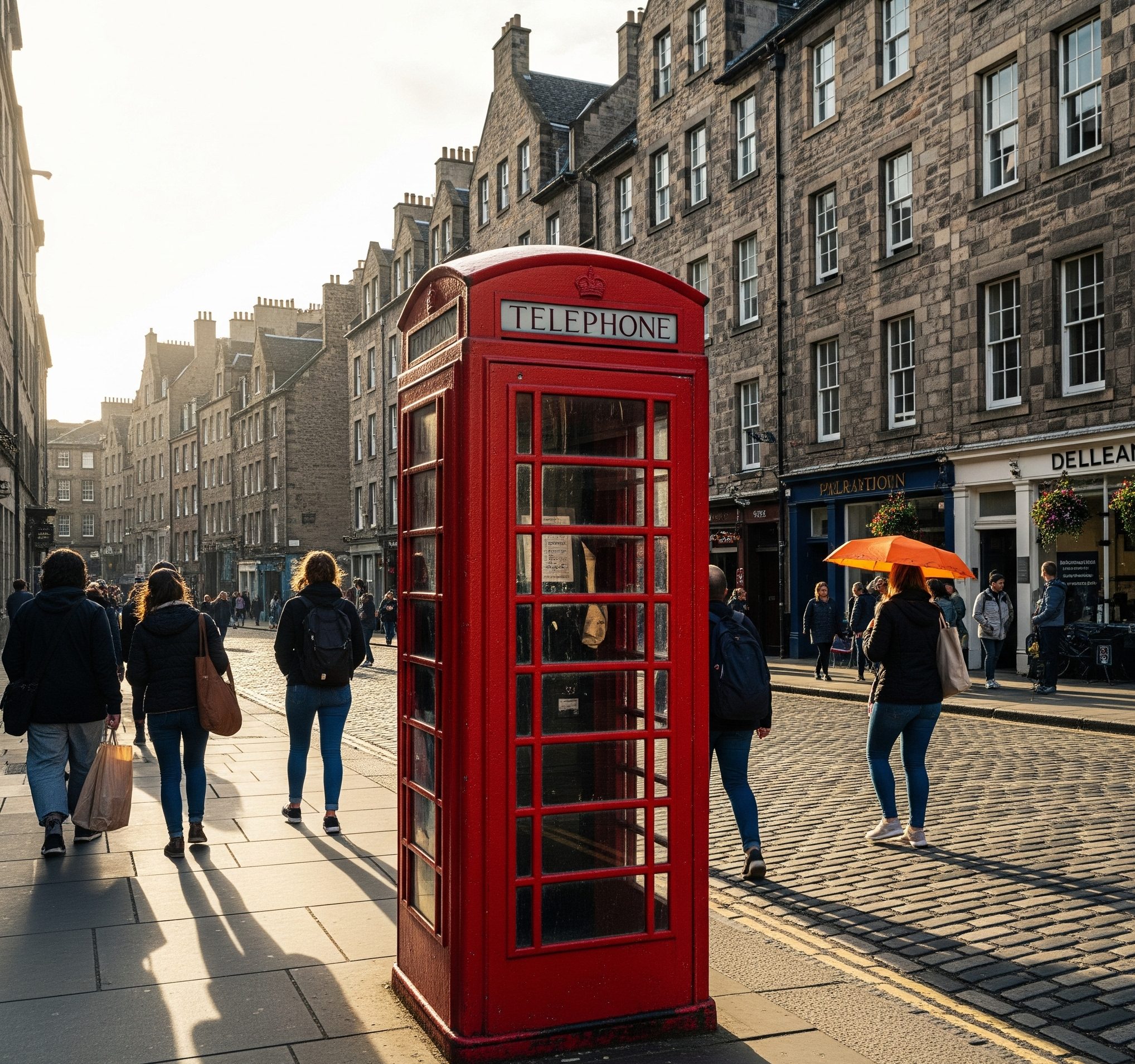
Protecting Yourself from Scam Calls
Scammers often use sophisticated tactics, including “spoofing” caller ID to display seemingly legitimate or local numbers. However, they also rely on unfamiliar or suspicious numbers to pique curiosity or convey a sense of urgency. When confronted with a call from an unknown or non-standard area code, especially one like 131 area code USA that doesn’t exist, it’s vital to exercise caution.
Here are key tips for an American audience:
- Do Not Answer Unknown Numbers: If you don’t recognize the number, let it go to voicemail. Legitimate callers will leave a message.
- Verify Before Calling Back: Never blindly call back an unfamiliar number, especially one that only rings once (“one-ring scam”). These can be premium-rate international numbers designed to rack up expensive charges on your phone bill. If you’re curious, search the number online first to see if it’s associated with known scams or a legitimate entity.
- Be Wary of Urgent Requests: Scammers often try to create a sense of panic, demanding immediate action or personal information (e.g., “Your bank account has been compromised,” “You owe back taxes,” “You’ve won a lottery”). Legitimate organizations will rarely demand sensitive information over an unsolicited phone call.
- Utilize Call Blocking Tools: Many mobile carriers offer call-blocking services or apps that can help filter out suspected spam calls.
- Report Suspicious Calls: If you believe you’ve received a scam call, report it to the Federal Communications Commission (FCC) and the Federal Trade Commission (FTC). This helps authorities track and combat fraudulent activities.
The Evolution of Area Codes
The North American Numbering Plan was established in 1947 by AT&T to enable direct distance dialing without operator assistance. Initially, area codes were assigned based on geography and population density. For instance, major metropolitan areas received codes that were faster to dial on rotary phones (like 212 for New York City). Over the decades, as demand for phone numbers grew, new area codes were introduced through splits and overlays, expanding the system to accommodate millions of new lines. While the original logic centered on geographic allocation, mobile phones and voice-over-IP (VoIP) services have somewhat decoupled a phone number from a strict physical location, though area codes still broadly define a region.
Conclusion: Staying Informed in a Connected World
The mystery of the “131 area code USA” serves as a valuable case study in the importance of digital literacy. While it might not be a valid domestic area code, its mention prompts us to consider the structure of our telecommunications networks and, more importantly, the potential pitfalls of an increasingly connected world. For American consumers, understanding how area codes work, and recognizing when a number seems out of place, is a critical defense against the ever-evolving landscape of phone scams. By staying informed and exercising caution, we can better protect ourselves and maintain confidence in our daily digital interactions.


